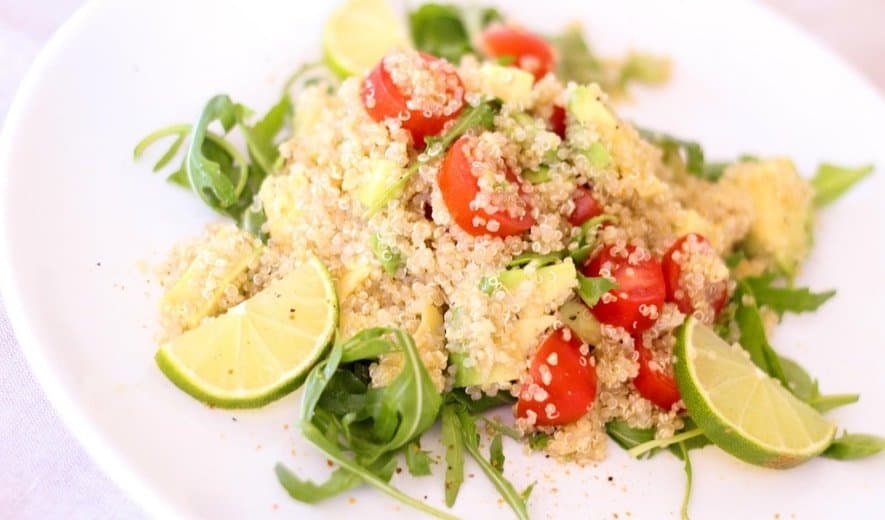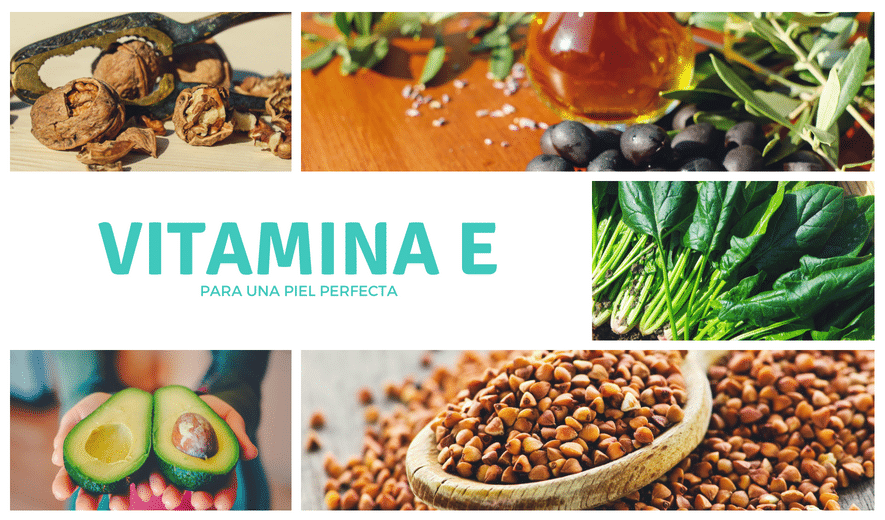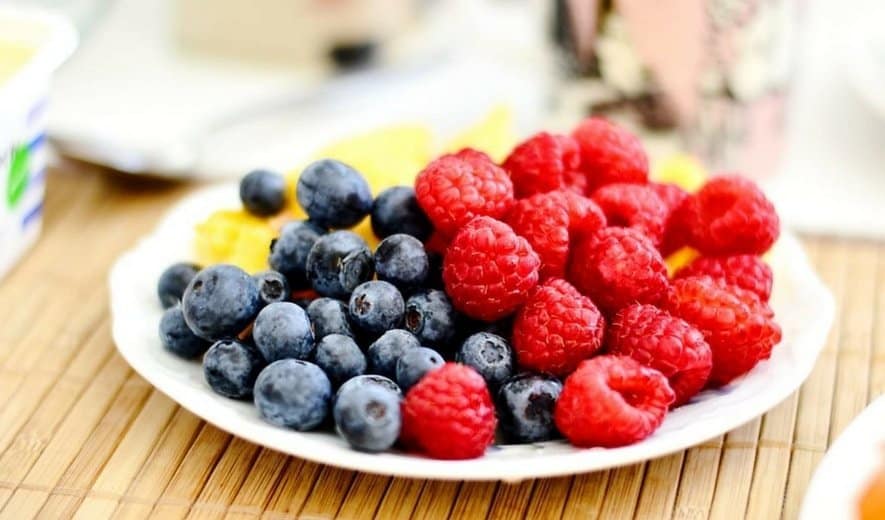No products in the cart.
Quinoa is a superfood that is worthy of being included in healthy, balanced diets because of the benefits it provides the body. What is it capable of when it comes to your skin?
Blueberries, chia seeds, goji berries, kale, açaí… Every so often, new products are added to the list of superfoods – foods whose nutritional analysis shows the significant contributions they make to the body’s proper functioning and good health. Quinoa is also on this list and has become one of the essentials in the food cupboard of anyone who is particularly concerned about the food they eat.
Its seeds have the perfect mix of proteins, carbohydrates and fats (in addition to their proven contribution of vitamins, minerals and fibre). Of all the benefits that are attributed to it, which are the key ones for your skin?
✅ Foods that are good for your skin: quinoa
With clear benefits from including quinoa on the table, more and more people are trying its different varieties and including it in their daily diet. It contributes to weight control, post-training recovery, relaxation, improvement of the digestive system… It is also the perfect ally for skin. Being one of the human body’s largest organs, it makes sense that the skin experiences directly what this superfood can do.
5️⃣ Here are some of the reasons why quinoa is included on the list of foods that are considered to be good for the skin:
- Regeneration and rejuvenation. By providing Vitamin C, it increases the capacity of tissues to regenerate and heal. It is also a great help in collagen synthesis, which is needed for firm, soft, elastic skin.
- Fighting cell oxidation. Vitamin E – one of the most powerful natural antioxidants – is also found in quinoa.
- Extra hydration. Its composition of vitamins, minerals and essential amino acids makes quinoa an important source of hydration. This means it makes an invaluable contribution to the driest and most sensitive skin.
- Reduction of marks on the skin. Vitamin C helps control melanin production (the main cause of colour imbalances seen on the surface of the skin).
- Controls the skin’s sebum production. Quinoa is rich in B vitamins, which are responsible for many of the body’s activities. When it comes to your skin, it reinforces all the things mentioned above: anti-ageing, peeling and dehydration, depigmentation, and so on. However, it also prevents excess oil for skin that tends to be red, itchy and greasy.

 Español
Español


 So, how long does it take for a scar to heal?
So, how long does it take for a scar to heal?



